Punjab State Board PSEB 7th Class Maths Book Solutions Chapter 14 Symmetry Ex 14.3 Textbook Exercise Questions and Answers.
PSEB Solutions for Class 7 Maths Chapter 14 Symmetry Ex 14.3
1. In the following figures, find the number of lines of symmetry and angle of rotation for rotational symmetry.
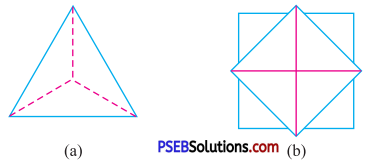
Solution:
(a) Line of symmetry 3, angle of rotation 120°
(b) Line of symmetry 4, angle of rotation 90°.
2. Name any two figures that have both line of symmetry and rotational symmetry.
Solution:
Equilateral triangle and circle
3. If a figure has two or more lines of symmetry should it have a rotational symmetry of order more than 1 ?
Solution:
Yes, Square has four lines of symmetry and rotational symmetry of order 4.
![]()
4. Following shapes have both, line symmetry and rotational symmetry. Find the number of lines of symmetry, centre of rotation and order of rotational symmetry.
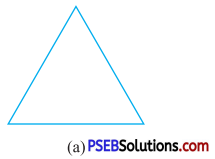
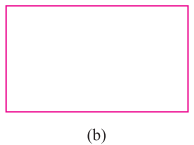
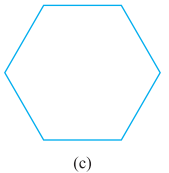
Solution:
(a) 3, centroid, 3
(b) 2, Intersection of diagonals, 2
(c) 6, centre of hexagon, 6
5. Some of the english alphabets have fascinating symmetrical structures. Which capital letters have just one line of symmetry (Like E) ? Which capital letters have a rotational symmetry of order 2 (Like I) ? By attempting to think on such lines, you will be able to fill in the following table.
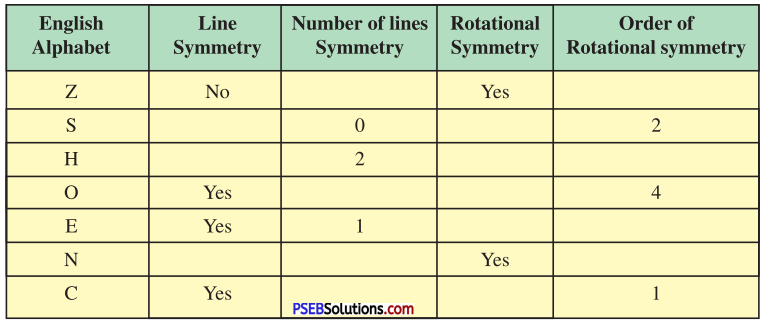
Solution:
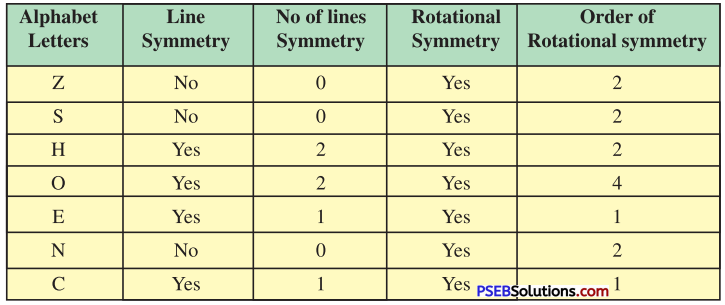
![]()
6. Multiple Choice Questions :
Question (i).
If 60° is the smallest angle of rotational for a given figure what will be the angle of rotation for same figure.
(a) 150°
(b) 180°
(c) 90°
(d) 330°
Answer:
(b) 180°
Question (ii).
Which of these can not be a measure of an angle of rotation for any figure.
(a) 120°
(b) 180°
(c) 17°
(d) 90°
Answer:
(c) 17°
Question (iii).
Which of the following have both line symmetry and rotational symmetry ?
(a) An isosceles triangle
(b) A scalene triangle
(c) A square
(d) A parallelogram
Answer:
(c) A square
Question (iv).
Which of the alphabet has both multiple line and rotational symmetries ?
(a) S
(b) O
(c) H
(d) L
Answer:
(b) O
Question (v).
In the word ‘MATHS’ which of the following pairs of letters shows rotational symmetry ?
(a) M and T
(b) H and S
(c) A and S
(d) T and S
Answer:
(b) H and S